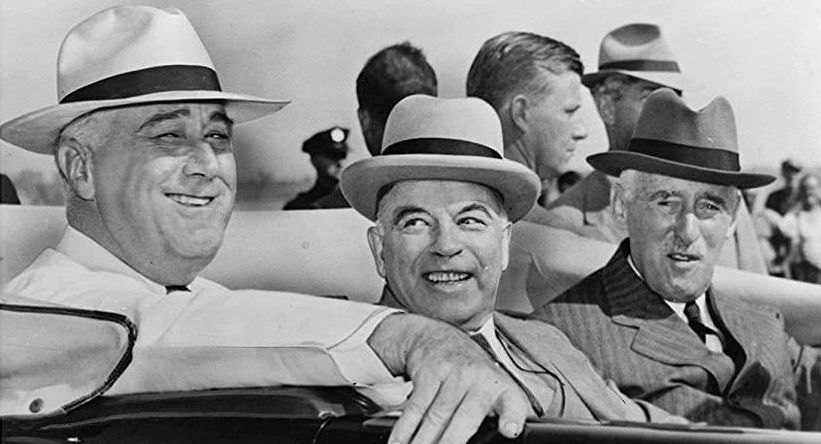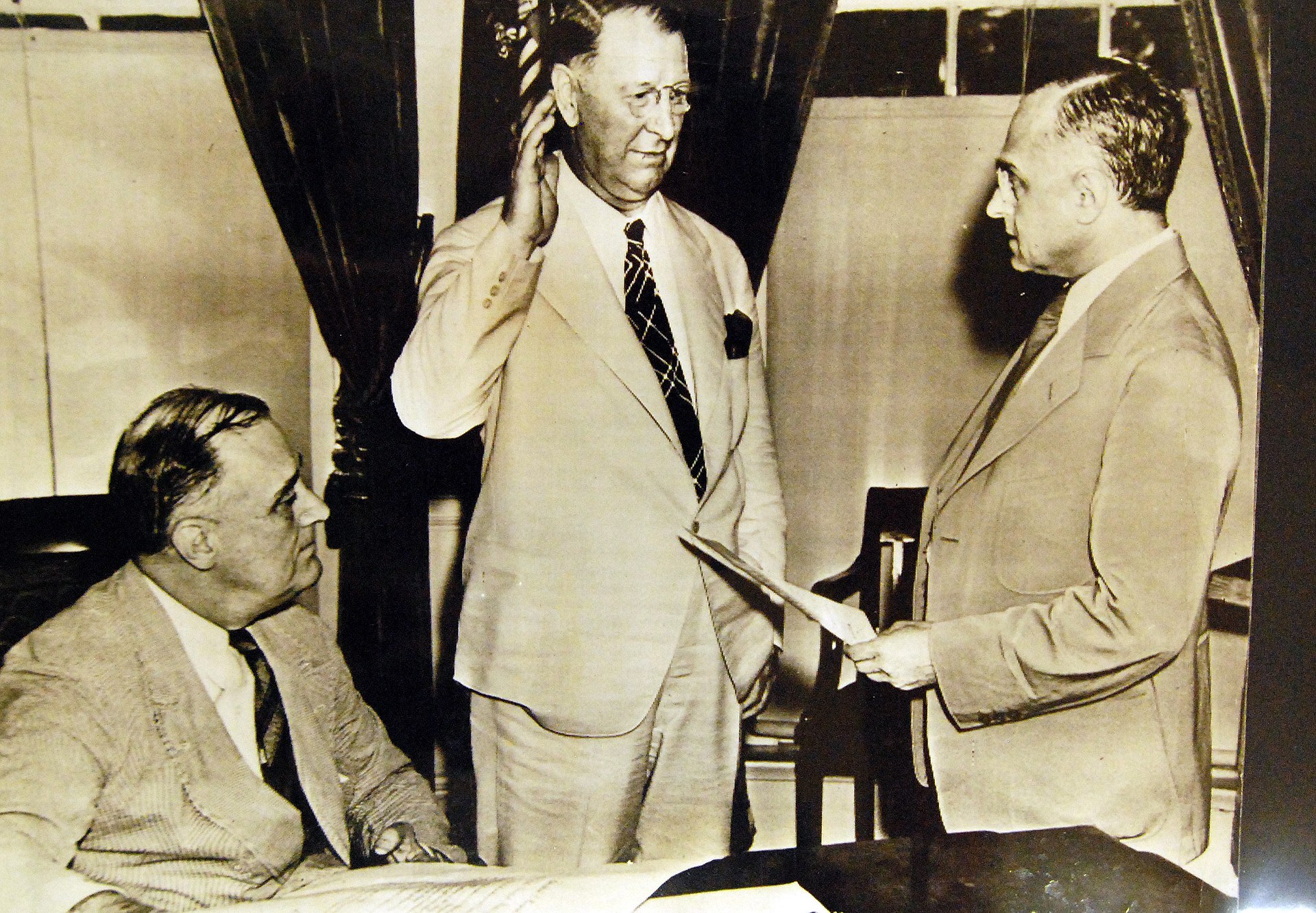Authors:
Historic Era: Era 8: The Great Depression and World War II (1929-1945)
Historic Theme:
Subject:
November/December 2022 | Volume 68, Issue 6


Authors:
Historic Era: Era 8: The Great Depression and World War II (1929-1945)
Historic Theme:
Subject:
November/December 2022 | Volume 68, Issue 6

Editor’s Note: Peter Shinkle worked for two decades for various news organizations, including, most recently, the St. Louis Post-Dispatch. We asked him to provide an overview of his most recent book, Uniting America: How FDR and Henry Stimson Brought Democrats and Republicans Together to Win World War II, which looks at the under-appreciated importance of bipartisanship during World War II.
After tearing through Belgium, the Netherlands and France, Adolf Hitler’s armies had surrounded British and allied troops at Dunkirk in early June 1940. Fearing Germany would attack Great Britain next, Prime Minister Winston Churchill appealed to President Franklin D. Roosevelt for arms to help the British could defend themselves from Nazi fascism.
In America, however, isolationists bitterly condemned FDR, accusing him of dragging the United States into another costly European war. On June 3, Representative Hamilton Fish, a New York Republican and ardent isolationist, took the floor of the House of Representatives and hurled a rhetorical bomb, suggesting that Democrats were encouraging FDR to “set up a dictatorial government in the United States.”
Amid a drumbeat of attacks on FDR’s war policies, the Republican Party prepared to select a presidential nominee at its national convention in Philadelphia in late June 1940. If a staunch isolationist won the election that fall, America might refuse to send aid to any allies; the prospect of a Nazi empire spanning all of Europe loomed.
On June 20, 1940, FDR launched a bold strategy to undercut the isolationists. In a surprise announcement, he appointed two prominent Republicans — both strong supporters of aiding America’s European allies — to critical posts in his cabinet. Henry L. Stimson, who had been secretary of state under FDR’s Republican predecessor, President Herbert Hoover, would be Secretary of War, and Frank Knox, the Republican vice-presidential nominee in 1936, would be Secretary of the Navy. The White House said the appointments, setting partisan politics aside in the name of defending the country, were intended to create “national solidarity.”

By their example, Stimson and Knox encouraged other Republicans to support the Democratic president. The appointments immediately set off an uproar among Republicans. On the day of FDR’s announcement, Republicans lambasted Stimson and Knox at their national convention. They were, some said, “read out” of the party and no longer spoke for it. Yet days later, in a stunning turnaround, the convention